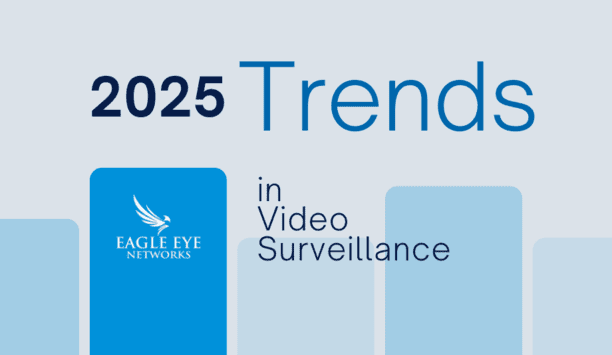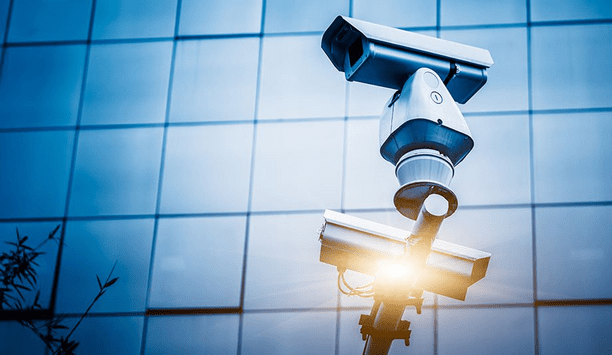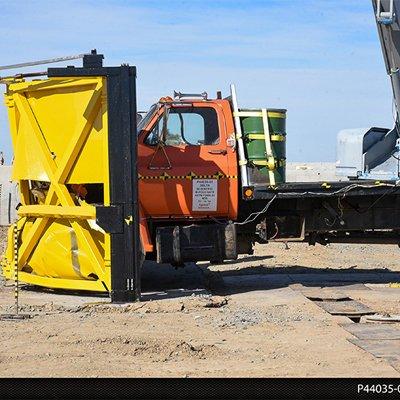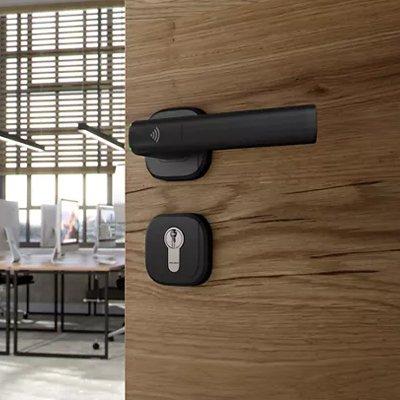Intelligent Traffic Systems (ITS) are a pillar of today's Smart City concept. ITS integrates video communications into traffic infrastructure to advance driver safety, reduce traffic congestion, and lower fuel consumption. As governments strive to achieve these goals with ITS, the high-speed point-to-point serial communication standard CoaXPress (CXP) is playing a vital role, especially in the migration of older analogue systems to networked digital video platforms.
CXP allows for the ‘repurposing’ of the coaxial cables already installed in the majority of ITS infrastructures, eliminating the cost of expensive new cabling such as twisted pair or fibre. Best of all, CoaXPress eases the migration from analogue to digital video without any compromise in performance.
CoaXPress enables ITS integrators to simply replace low-performing analogue cameras with digital megapixel models for monitoring, controlling and managing traffic"
Monitoring traffic with digital cameras
Donal Waide is Director of Sales for BitFlow, Inc., a manufacturer of frame grabbers and an early leader in CXP. According to Waide, the advantages of CXP make it ideal for ITS in both public and commercial enterprises: "CoaXPress enables ITS integrators to simply replace low-performing analogue cameras with today's digital megapixel models for monitoring, controlling and managing traffic and enhancing security."
Advantages of CoaXPress
- CXP's bandwidth is 6.25 Gbps per channel with a maximum transmission speed of 25 Gbps. A re-developed CoaXPress 12 standard will be available later this year with double that data rate, achieving higher values than 10 GigE Vision.
- In ITS applications, the five to seven metres restriction of USB cables is insufficient to transmit camera data long distances, as are Ethernet cables. CXP-6 speed, currently the highest speed and best quality, allows up to 40 meters (131 feet) between the frame grabber as the host, and the camera as the end device, without any loss in quality. Even cable distances up to 100 meters (328 feet) are possible within levels CXP-1 to CXP-3. This is an ample distance to get from an overview camera at 10 meters up, or a red light camera at 30 meters from the junction box. Transmission adapters allow longer connections to be implemented at all speeds.
Precise camera synchronisation
- CoaXPress uses a single coaxial cable for power supply, controls end data transmission to ensure a simple connection with minimal cable clutter.
- CoaXPress provides precise camera synchronisation and very low latencies. Synchronisation is performed only via the frame grabber and does not require an additional trigger signal as with both USB3 and GigE. For example, if a car moving quickly through an intersection is to be captured and evaluated from several perspectives, the precise triggering of all cameras and the synchronisation between the devices are crucial for high-quality analysis. It is here that CXP excels.
While a higher resolution analogue camera may offer a solution, an interface is needed to bring the data back to the processing centre without latency
Useful in license plate recognition
To better appreciate these advantages let's look at license plate readers, an essential function of ITS. In Europe, license plates are large enough that they can be easily read: 18- to 20-inches long, 4-inches tall with large bold, unhindered fonts. In contrast, a U.S. license plate is only 12-inches x 6-inches. Apart from up to seven alphanumeric characters, there is also a state name, sticker and an image on the plate.
This leads to a lot of confusion when using low resolution analogue cameras; for example, deciphering whether the plate of a car that drove through a toll booth without paying was ABC123 or A8CIZ3. The processing centre would have to verify the car make and interaction with the registry, which in turn dramatically reduces efficiency.
If the resolution and data delivery were at high speed, however, ABC123 or A8CIZ3 would be a simple read. While a higher resolution analogue camera may offer a solution, an interface is needed to bring the data back to the processing centre without latency. This distance is typically much further than twisted pair cable can handle even with repeaters.
CoaXPress combines the simplicity of standard coaxial cable with state-of-the-art high speed serial data technology
Crystal clear images
The CoaXPress interface is a major benefit in this instance. Legacy analogue traffic cameras still make up the majority of cameras on U.S. highways. Analogue images are transmitted back at a dismal 11Mb/S over coaxial cables to the processing centre’s computers. Now consider that same volume of data coming back on a CXP link (650MB/S) at 6.25 Gbps. This would enable images to be crystal clear and also allow for better information dissemination about traffic backlogs, accidents or breakdowns.
Images would even be clear enough to be seen on a smartphone app. And because CXP offers Power-over-Coax, there would be no need for additional cabling work. CoaXPress combines the simplicity of standard coaxial cable with state-of-the-art high speed serial data technology. The CoaXPress standard meets the requirements of ITS for extended cable length, high speed, and ease of use.




















